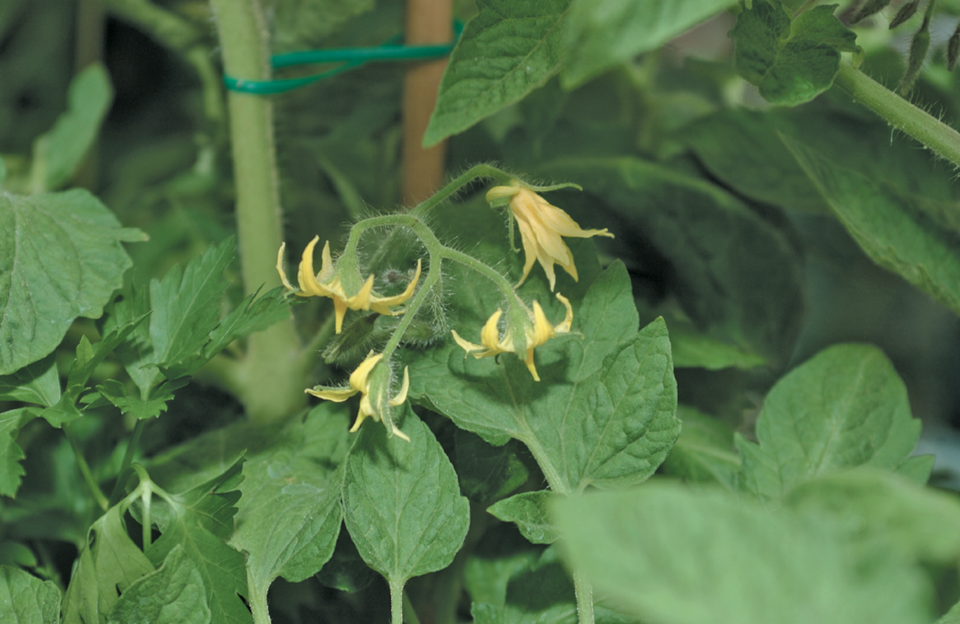Even people who don’t normally grow vegetables find the notion of picking their own fresh ripe tomatoes quite irresistible. Nurseries offer lots of transplants and some will be marked as being ideal for containers.
“Tumbler” tomatoes are ideal for hanging baskets because its branches droop over the sides for fast ripening and easy picking. The long vines of grape tomatoes also droop and fruit thickly with small, but very sweet tomatoes.
People with only a sunny windowsill might be interested in Tiny Tim, which usually grows just 30cm tall. Generally cherry tomatoes are more disease resistant than most other types.
After a few warm days, it’s tempting to put young tomato plants outside but they still need to be kept warm because our coastal weather is unreliable in spring and nights are still cold.
Plastic milk cartons or polycarbonate juice bottles (with tops removed so hot air can escape) make good (free) cloches that protect young plants. Several kinds of reusable and reasonably priced commercial cloches are also available in clear plastic. Row covers in spun fabric or plastic are available for tomatoes grown outside.
Greenhouses are the very best growing area for tomatoes, but containers against a wall under a south or west roof overhang yield enough to make people many delicious summer salads.
An alternative for people with gardens is to try blight-resistant tomatoes (these are the result of conventional breeding). None are 100 per cent resistant, but when I tried them in my garden, blight started exceptionally late and moved very slowly.
The blight-resistant beefsteak tomato “Legend” has been available as transplants and seed is available online. “Defiant” is another large blight-resistant tomato available from seed — both are bush types. Large blight-resistant cherry tomatoes include “Mountain Magic” and “Mountain Merit.”
In choosing tomato transplants or seeds, it’s important to clue in to the difference between determinate (bush) tomato plants and indeterminate ones. Bush tomatoes produce all their fruit at the same time and then stop flowering. These are the best for containers because they’re easy to manage.
Indeterminate (vine) tomatoes don’t stop growing until the frost. Suckers need to be pinched off frequently. If you don’t do this, a vining tomato plant will become a huge bush where tomatoes are deeply shaded and slow to ripen. At summer’s end, you’ll have a few handfuls of ripe tomatoes while zillions of green ones remain.
The practical way to prune vine tomatoes is to leave the first three or four suckers. That’s because these should have time to flower and produce ripe tomatoes. But the later ones should be removed.
Tomatoes are very greedy feeders. They’ll have lots to eat if you mix bonemeal and compost or rotted manure into their planting holes. They like frequent watering too.
Later, a mulch of aged manure and/or grass clippings helps to hold moisture around the plants.
It’s useful to know that contact with soil triggers tomato stems to put out roots. That’s why many gardeners plant tomatoes sideways with the top inch or two out in the sun. This produces a stronger plant and makes it easier to protect on cold nights.
Anne Marrison is happy to answer garden questions. Send them to her via [email protected]. It helps if you can add the name of your city or region.



